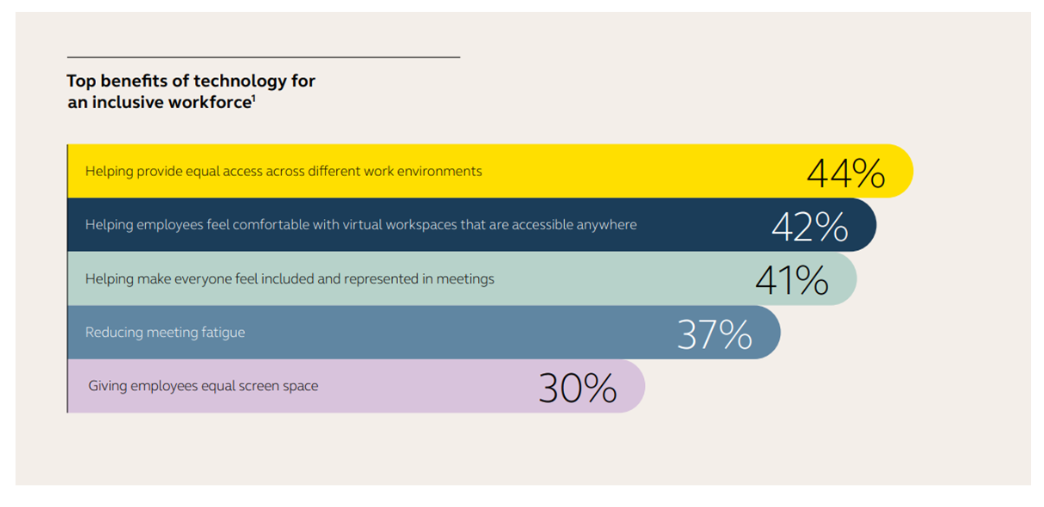There’s no denying that for knowledge workers, most daily activities have moved to virtual platforms. From lead generation and job interviews to webinars and informal chats, work now takes place mostly online. Similarly, video meetings are now the number one way that we connect with our colleagues. In fact, 80% of all meetings worldwide are now either fully virtual or hybrid, with only 20% happening fully in person. This irreversible digital transformation has ushered in a new era of work, where employees are able to work just as productively and effectively from anywhere. But just as with any major change, it’s also created a host of new challenges, not least of which are meetings.
From in-person to remote meetings
Prior to the pandemic, most meetings took place in person. We sat around a table and hashed out ideas together in one room. Then came the pandemic, where the rapid transition to remote work moved all of our communications to virtual environments. With every employee joining a meeting remotely, we had an unwritten “one person, one screen” way of working: each individual had their own individual camera stream and could join the meeting with relative ease. And in large part, this relative ease of meetings has led to a major increase in how many of them we have; Microsoft recently reported a 252% increase in weekly time spent in meetings for the average Teams user since February 2020.
But now, as the majority of organizations are adopting flexible work models, a new form of meeting is emerging, one which poses a new set of challenges we’ve never before encountered: hybrid meetings. With some people joining a meeting from a meeting room, while others join remotely, both in-person and remote employees are increasingly frustrated with the meeting experience. Specifically, many are feeling left out, unheard, and unseen. In hybrid work, video meetings will continue to be an essential point of contact between colleagues, customers, and clients. However, many organizations have yet to adopt the proper technologies and strategies to adapt to this new style of meeting
In room audio ensures equal share of voice
Just as it takes two to tango, it takes two audio endpoints to have an effective meeting. While professional headsets boost the incoming and outgoing audio of participants joining virtual and hybrid meetings remotely, the meeting experience is greatly impaired if in-room meeting participants are poorly equipped. In the meeting room, employees rely on the capabilities of speakerphone audio solutions to provide a high-quality incoming and outgoing audio experience. With this comes its own set of challenges. For example, the voice of those sitting too far from the speakerphone often comes through at a very low volume, while the voice of those sitting very close can be heard crystal clear. This gives preferential clarity of voice to those sitting close to the microphone. However, the answer to this issue is not to crowd around one end of the table. Rather, it’s to equip rooms with professional audio technology that accounts for this disparity in voice pickup and adjusts to ensure that all voices are transmitted at the same volume regardless of how loudly or quietly an individual speaks.

The intelligent video advantage
From the in-room perspective, there’s only one way this challenge can really be solved, and it starts with artificial intelligence. To capture multiple individualized video feeds of several people in one room, an in-room video camera must be able to identify and frame those people independently of one another. This requires artificial intelligence. Without it, the device lacks the ability to effectively distinguish between participants in real time, as well as to follow them around the room should they decide to move over to the whiteboard or just need to think on their feet. Of course, all of this is also only made possible if you’re using a meeting platform that supports this advanced intelligent video technology.
To learn more about Jabra’s Video Conferencing range, register your interested, and be eligible to receive up to 45% off* your first PanaCast device. (link to My First Meeting Room )
View Jabra’s infographic on Meeting equity: the next great hybrid challenge HERE.
For more information on how to improve the hybrid meeting experience with professional technology, read Jabra’s Meeting Equity Handbook HERE.
